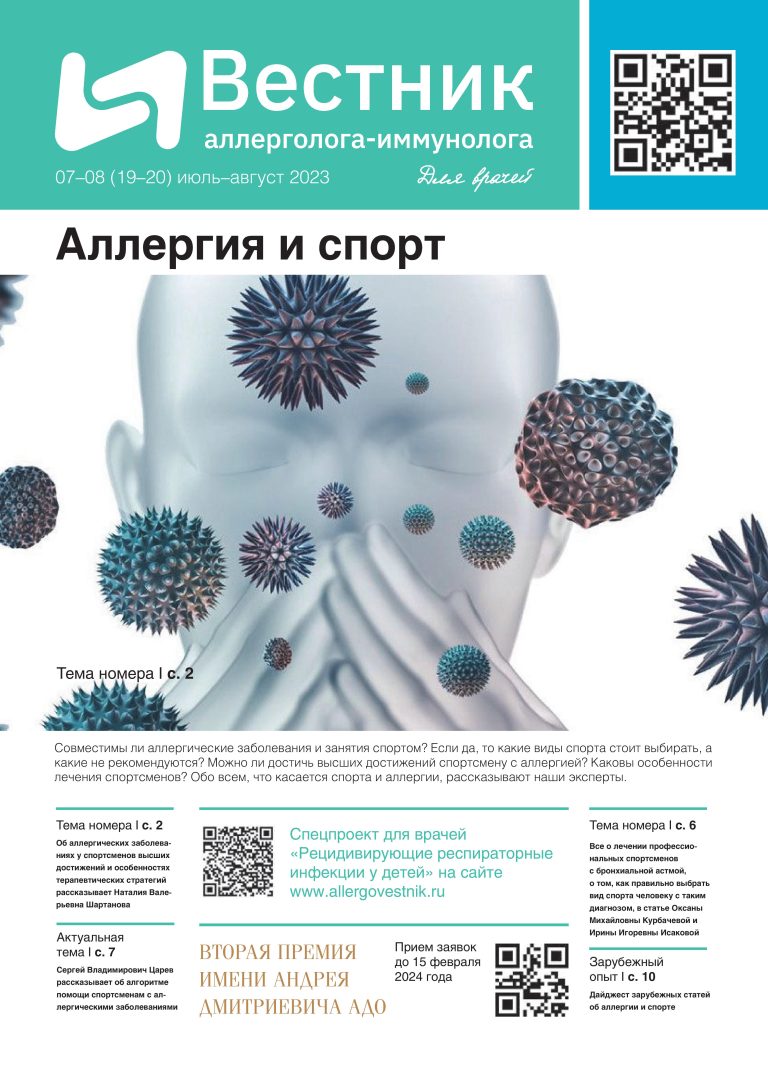 Medtouch
Medtouch The role of adaptive immunity factors in the development of hepatorenal syndrome in liver cirrhosis.
Author: Luiza Mikhailovna Karzakova
Co-authors: Ivanova Antonina Lvovna, Kudryashov Sergey Igorevich, Odintsova Anastasia Viktorovna
I.N. Ulyanov Chuvash State University, Ministry of Education and Science of the Russian Federation
Russia, Cheboksary
Liver cirrhosis (LC) is a serious medical and biological problem due to its widespread worldwide, the development of life-threatening complications and the high mortality rate. One of the most common complications of LC is hepatorenal syndrome (HRS), which in most cases leads to the death of patients. There are a number of works in the literature that discuss the role of innate immunity in the development of HRS in LC [1]. However, the role of adaptive immunity in HRS has not been studied yet. In connection with the above, the study of patients with LC who received inpatient treatment in the hepatological department of the City Clinical Hospital No. 1 of the Ministry of Health of Chuvashia was conducted. The patients were selected into two groups comparable in duration of the disease, etiological factors of LC, phases of activity, degree of compensation on the Child-Pugh scale. The first group included patients with LC with the absence of HRS (30 people), the second group included patients with LC complicated by HRS (75 people). At admission, the patients were assessed for adaptive immunity in peripheral blood and urine. The data obtained were presented in the form of M ±SD (M is the arithmetic mean, SD is the standard deviation). The statistical significance of the differences in the studied indicators in the groups was assessed according to the Student’s criterion.
When comparing immunological parameters in the groups of patients with LC with the presence and absence of HRS, certain differences were found. Thus, the analysis of the results of the study of the B-system of immunity revealed in patients with HRS an increase in the levels of circulating immune complexes – CIC-C1q to 171 ± 54 units/ml (in the comparison group 50.74±16 units/ml, p<0.01). The differences were found in the groups of patients according to laboratory urine parameters: in the group of patients with HRS, the levels of two classes of immunoglobulins were increased – IgG to 12.75±17.89 mg/dl (in the comparison group 5.23±4.23 mg/dl, p<0.01) and IgA to 17.6±15.44 mg/dl (in the comparison group — 4.18±4.98 mg/dl, p<0.001). There were also some differences established in the T-system of immunity: the group of patients with renal dysfunction was characterized by the increase in the number of cytotoxic T-lymphocytes when phenotyping them using a double label (CD3+CD8+ cells – 25.43±3.21% versus 22.89±2.87% in the comparison group, p<0.05), and a triple label (CD3+CD8+CD45+cells – 26.94±7.87% vs. 19.25±5.35% in the comparison group, p<0.05).
There are 3 forms of HRS: HRS, manifested in the form of chronic kidney disease (CKD- HRS); HRS in the form of acute kidney injury (AKI- HRS) and AKI on the background of CKD (AKI-on- HRS) [3]. In the studied cohort of patients , in 35 patients HRS manifested as CKD-GDS, in 23 patients – as AKI- HRS, and in 17 patients – as AKI-on- HRS. The comparison of the immunological parameters of these forms of HRS revealed only few differences. The CIC-C1q content (229.6±84.3 U/L) and the immunoregulatory index (CD3+CD4+/CD3+CD8+ – 5.14±2.40) were significantly higher in the group of patients with CKD- HRS compared with those of patients with AKI- HRS (CIC-C1q – 48.0±17.5 U/l, p<0.001; immunoregulatory index – 2.56± 1.11, p<0.05).
The conducted studies indicate the involvement of adaptive immunity mechanisms in the development of HRS in LC, as evidenced by the revealed differences in the humoral and cellular links of the immune response in patients with HRS. The results of the study suggest that the main links in the pathogenesis of HRS are increased activity of T-cell cytotoxicity and immunocomplex inflammation.
References.
1. Chancharoenthana W., Leelahavanichkul A. Acute kidney injury spectrum in patients with chronic liver disease: Where do we stand? //World J. Gastroenterol. — 2019. — vol. 25. — № 28. — P. 3684–3703.
2. Lange C.M. Systemic inflammation in hepatorenal syndrome – A target for novel treatment strategies? // Liver Int. — 2019. — vol. 39. — № 7. — P. 1199–1201.
3. Wong F. Diagnosing and treating renal disease in cirrhotic patients //Minerva Gastroenterol. Dietol. – 2016. — vol. 62. — № 3. — P. 253–266.
Читайте также
Аспекты иммунного статуса при фенотипе бронхиальной астмы...
Автор: Чурюкина Элла Витальевна
ФГБОУ ВО «Ростовский государственный медицинский университет» Минздрава России,
ФГБОУ ВО «Кубанский государственный медицинский университет»
...
Aspects of immune status in the phenotype of bronchial...
Author: Churyukina Ella Vitalievna
Federal State Budgetary Educational Institution of Higher Education "Rostov State Medical University",
Federal State Budgetary Educational...









Комментарии (0)